Diameter: 18.5 cm. Weight: 2466 grs
Decorated on all sides with oriental motifs, roses, botehs, interlacing, flowers. In very good shape.
These vases were copper-plated using electroplating at the very beginning of the 20th century, around 1900-1920.
Electrolytic goldsmithing technique used to reproduce objects using a mold connected to the negative pole of a battery and which is then covered with a layer of metal. It is possible that the Egyptians used a similar process 3000 years ago to decorate art objects with copper because this would explain the existence of very fine copper statues.
Gold could have been deposited in powder or foil on wooden statues and immersion in a copper solution simultaneously with contact with zinc could have allowed the deposition. In this way there is no need to know electricity itself... The support can then be burned.
The Romans would also have used it according to the writings of Pliny the Elder. In the 16th century the monk Théodule, a Benedictine of the abbey of Helmershausen, described mercury gilding. In 1805, the Italian chemist Brugnatelli deposited gold on objects immersed in a solution of gold chloride, using the battery invented by his compatriot Volta.
But the process was really recognized and published in 1837 by the Russian physicist Boris Jacobi in Saint Petersburg and by Thomas Spencer in England, then industrialized by Christofle in Paris.
The term electroplating is then adopted according to Jacobi's presentation of the process.
The end of the 19th century saw the development of the electroplating of ornamental bronzes and precious metals, mainly for the reproduction of parts (a process also called electroforming).
The appearance of the first “Gram machine” dynamos allowed a clear improvement in the process.
FREE DELIVERY FOR FRANCE! FRANCE 0€ / EUROPE 25€ / WORLD 50€
For all requests for information, do not hesitate to contact me on 06 13 36 09 30 or on winsteinprovence@gmail.com
www.winsteinprovence.com


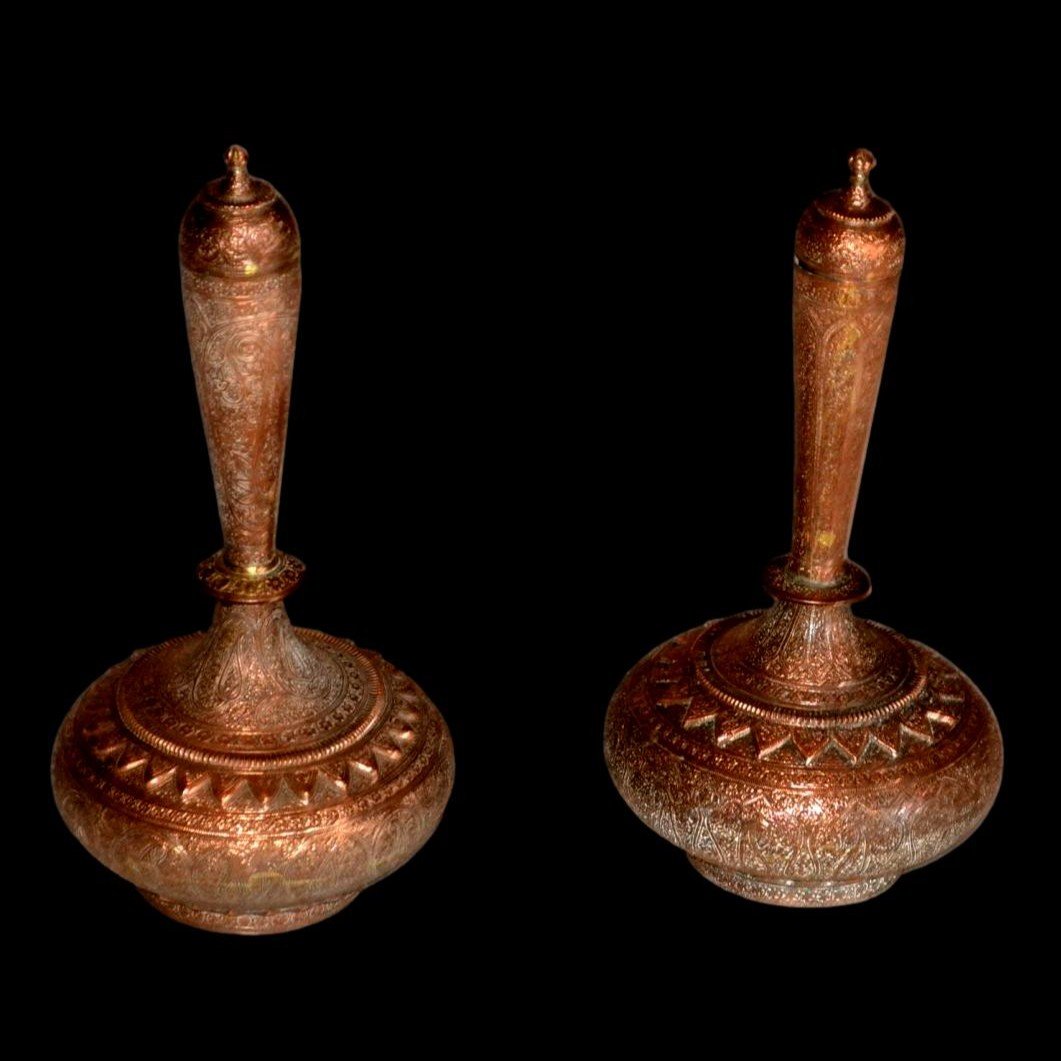
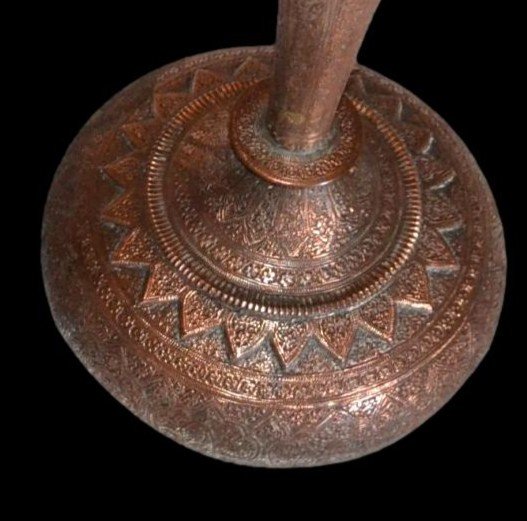
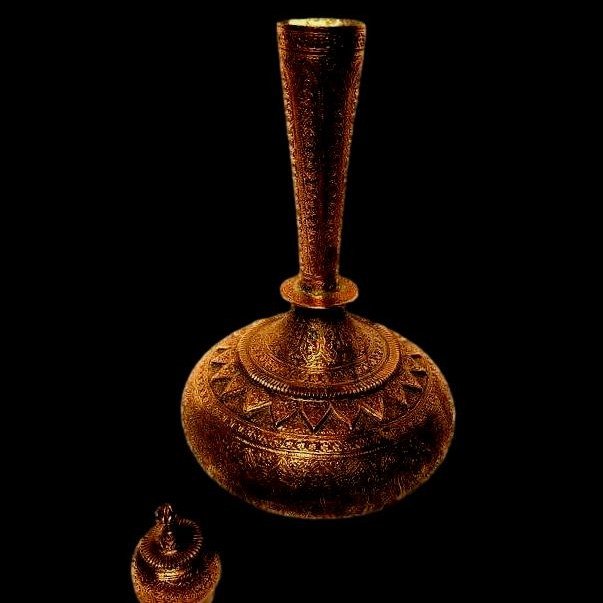
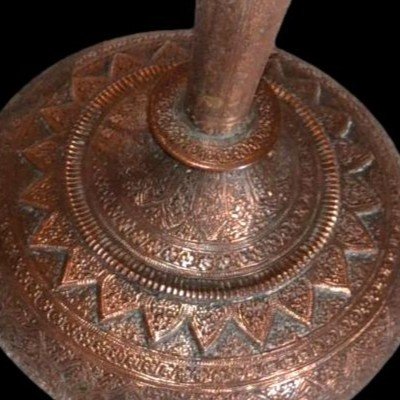
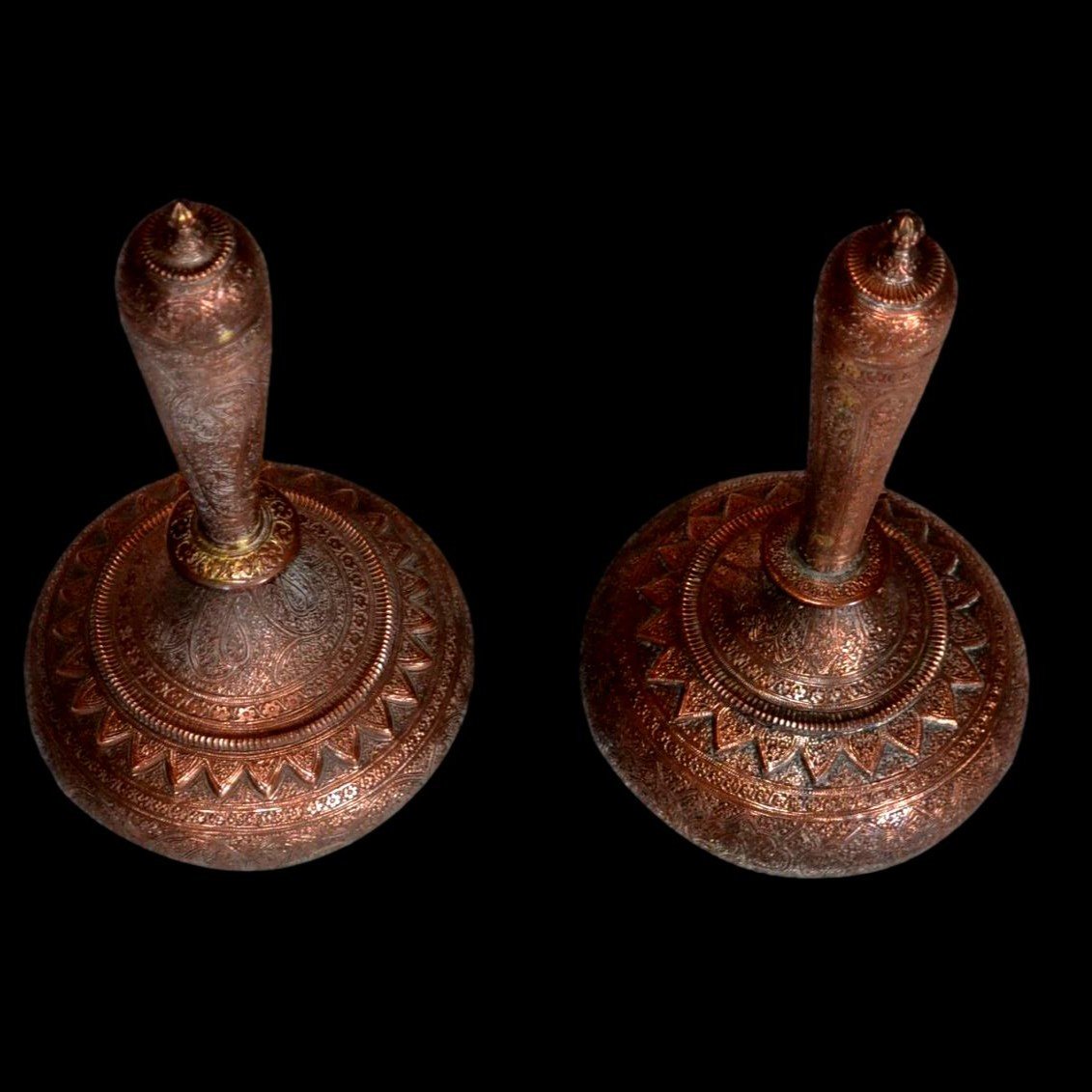

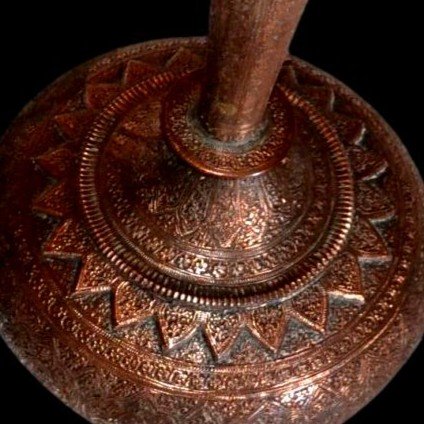
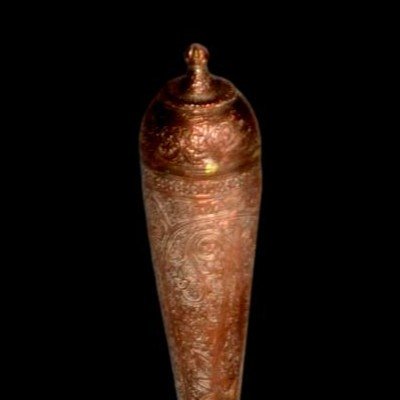
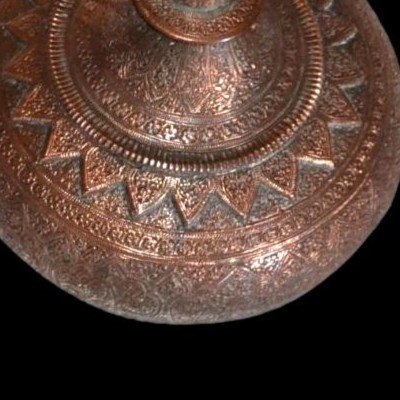
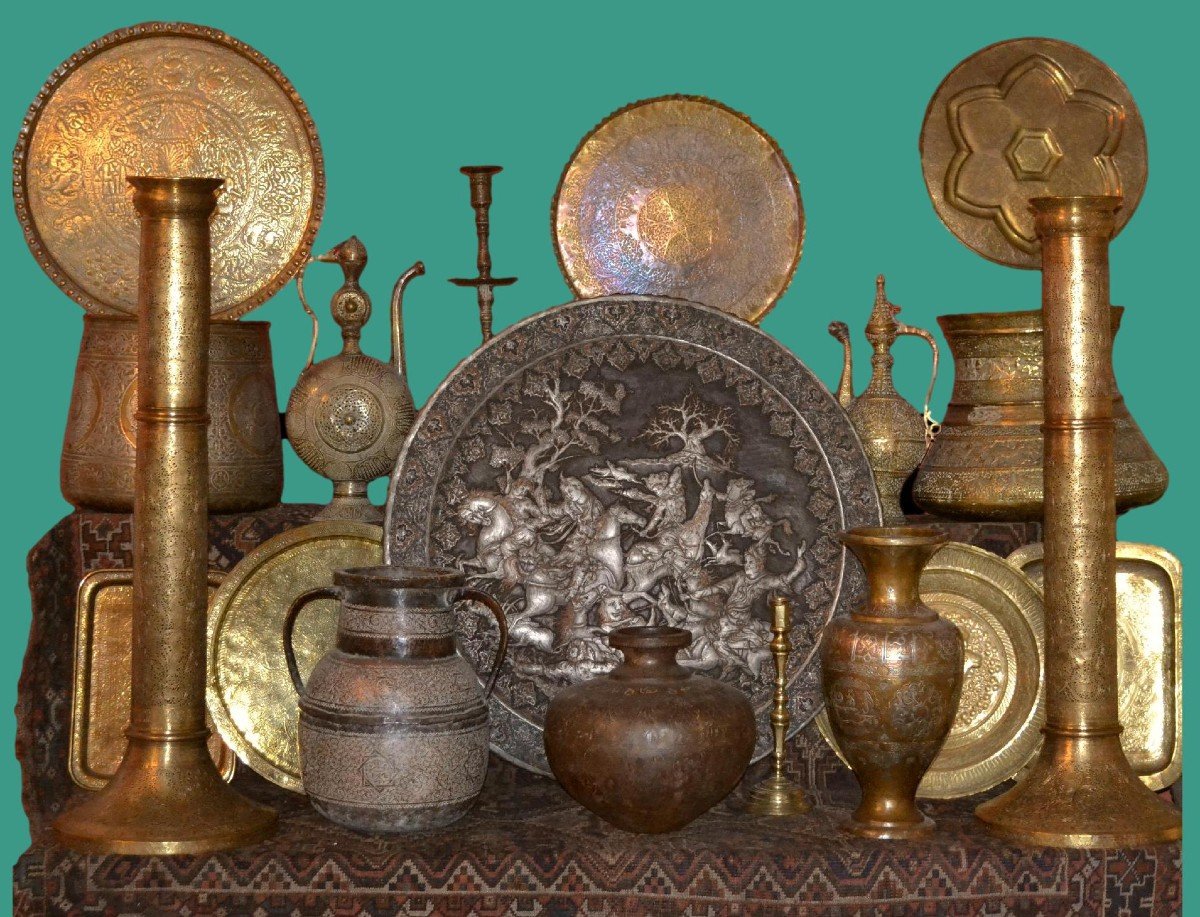











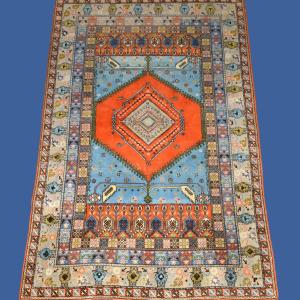


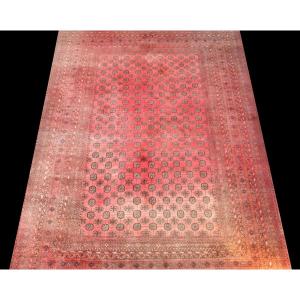


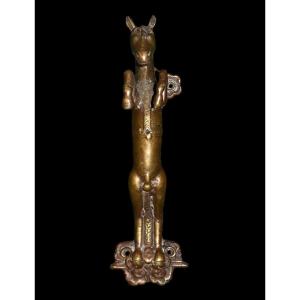







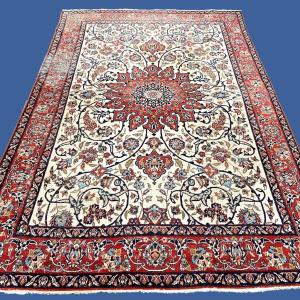

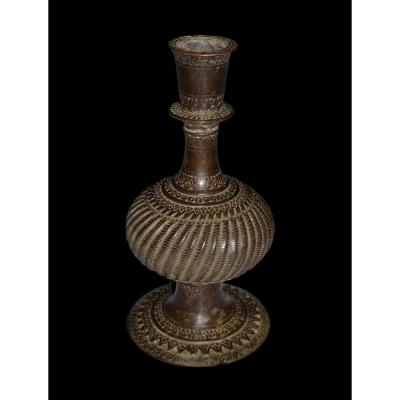

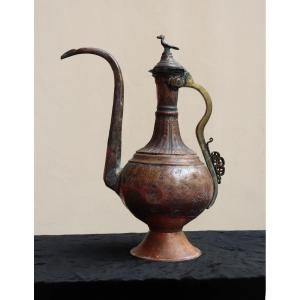




 Le Magazine de PROANTIC
Le Magazine de PROANTIC TRÉSORS Magazine
TRÉSORS Magazine Rivista Artiquariato
Rivista Artiquariato